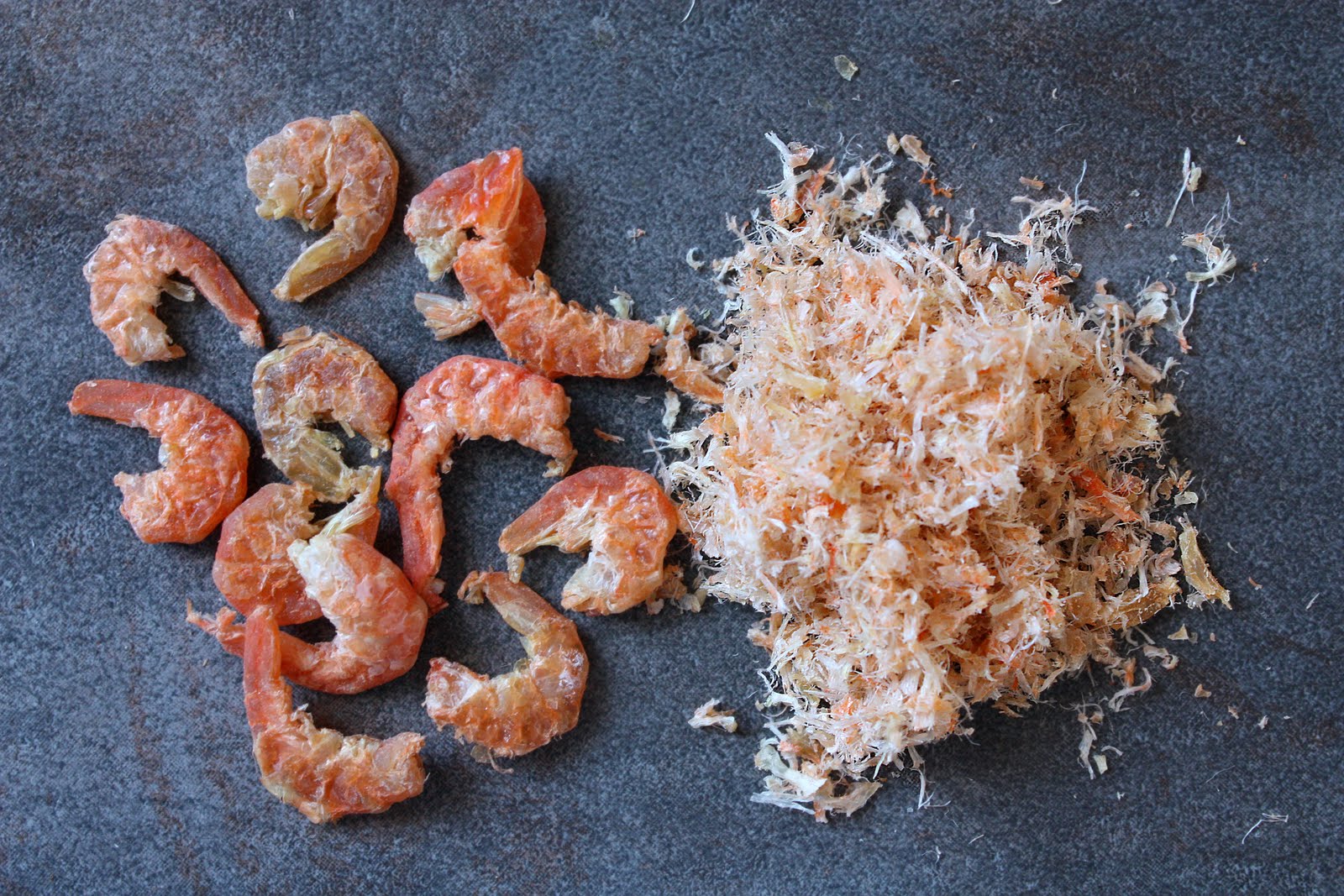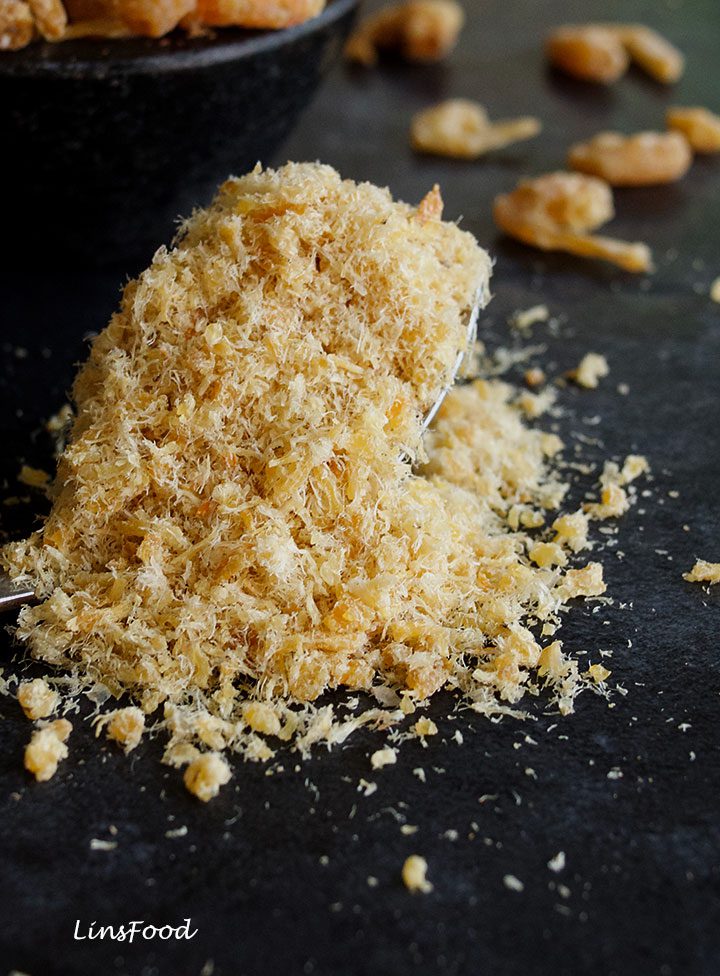Dried shrimp is an ingredient that is found in so many dishes in South East Asia.
Ground shrimp is a unique and versatile ingredient that can be used in a variety of dishes. Made by pulsing raw, peeled shrimp in a food processor, it has a delicate texture and sweet, briny flavor that enhances everything from stir-fries to pasta sauces. But what exactly is ground shrimp and how is it used in cooking?
What is Ground Shrimp?
Ground shrimp is simply shrimp that has been finely chopped or processed into a paste-like consistency To make it at home, place peeled and deveined raw shrimp into a food processor and pulse about 7-8 times until it forms a coarse mixture The shrimp can be processed further for a smoother paste. But in most recipes, a chunky shredded texture is ideal, so avoid over-processing.
Ground shrimp has a subtly sweet flavor and soft, succulent texture Unlike ground meats, it doesn’t require lengthy cooking and becomes rubbery when overdone For best results, cook no longer than 3-5 minutes. The lightness of ground shrimp also allows other ingredients to shine. It adapts well to diverse seasonings and pairs with everything from herbs to spices to citrus.
Benefits of Ground Shrimp
So why use ground shrimp instead of whole shrimp or other ground meats? Here are some of the benefits this unique ingredient offers:
- Extremely quick and easy to make fresh at home
- Versatile for use in a variety of cuisines and dishes
- More tender and succulent than whole shrimp
- Delicate texture and mild sweetness
- Low in fat and calories compared to ground beef or pork
- Easy to incorporate into mixtures and emulsified products
- Fresh, briny shrimp flavor without heavy fishiness
- Economical way to stretch expensive shrimp
- No grinder or special equipment required
Ground shrimp is an easy substitution for recipes calling for ground meat or seafood. Keeping bags of frozen peeled shrimp on hand makes fresh ground shrimp a snap whenever inspiration strikes.
How to Use Ground Shrimp
Ground shrimp can be seamlessly incorporated into a diverse array of savory dishes:
Stir-Fries and Rice Dishes
In Asian cooking, ground shrimp is commonly stir-fried with aromatics like garlic, ginger, lemongrass, and chilies before mixing with rice or vegetables. The ground shrimp adds rich umami flavor and texture.
Dumplings, Spring Rolls, and Egg Rolls
Asian-style dumplings and rolls often contain a mix of ground pork and shrimp binding the filling together. Substitute all ground shrimp for a lighter, seafood-forward version.
Soups and Chowders
Ground shrimp makes an instant flavor boost for seafood soups and chowders. Simply stir in at the end for a fresh finish. Adding a dollop on top provides another layer of texture.
Pasta Sauces and Casseroles
In pasta dishes, ground shrimp can stand in for ground beef or pork in tomato- or cream-based sauces. Mix in at the end or fold lightly into cheesy casseroles in lieu of ground meat.
Seafood Cakes and Croquettes
For crab or salmon cakes, extend expensive seafood by blending with mild ground shrimp. The similar flaky texture won’t compromise the finished result.
Spreads and Dips
From shrimp salad to savory dips, a bit of ground shrimp adds pleasing texture and flavor to creamy spreads.
Fried Rice
Sauteeing ground shrimp with rice, aromatics, and vegetables results in quick shrimp fried rice with light ocean flavor.
Omelets and Frittatas
Add a seafood twist to hearty brunch dishes by topping omelets and frittatas with a sprinkle of ground shrimp.
Salads and Bowls
For a nutrition boost, use ground shrimp as a high-protein topping for grain bowls and hearty green salads. The flavor profile works with vinaigrettes or creamy dressings.
Tacos and Flatbreads
Mix ground shrimp with Mexican spices for a lighter take on shrimp tacos. It also makes a mean pizza or flatbread topping in place of ground meat.
The possibilities are endless! Ground shrimp can be used as a component in nearly any savory dish to add tender texture and subtle brininess. Keep this versatile ingredient handy to elevate everyday cooking. With a mild flavor profile, it complements without overpowering. For endless inspiration, get creative mixing ground shrimp into your favorite recipes.
Tips for Cooking with Ground Shrimp
Follow these tips for successfully incorporating ground shrimp into recipes:
-
Store fresh ground shrimp in an airtight container up to 2 days. Freeze for longer storage.
-
Quickly pan-fry until just cooked through, about 2-3 minutes. Avoid overcooking.
-
Add salt, spices, herbs, and acid to boost the mild flavor.
-
Use ground shrimp as you would ground meat or seafood in any recipe.
-
Add at the end of cooking for brighter flavor in soups, pastas, and stir-fries.
-
Mix with a binder like egg, breadcrumbs, or mayo to help hold patties and cakes together.
-
Saute aromatics like garlic, shallots, and chilies first to build an flavor base.
-
Skip additional oil by sauteeing in the leftover marinade from rehydrating dried shrimp.
With its versatility, ease of preparation, and light texture, ground shrimp is worth keeping stocked for everyday recipes. Follow these tips for cooking success when swapping this convenient seafood into your favorite dishes.

Shiitake (Vegan Substitute for Dried Shrimp)
If you’ve been reading LinsFood for a while, you know that I use shiitake mushrooms instead of dried shrimp and shrimp paste when I’m vegan. Shiitake is the perfect vegan umami ingredient.
Fresh ones are best, use about 5 shiitake for 1 tablespoon of dried shrimp.
What are Dried Shrimp?
Dried shrimp are shrimp that have been dried in the sun. They have a strong flavor and smell and are chewy if eaten whole. You will find them used in many cuisines around the world, across the oceans.
I grew up calling them udang kering, which is what they are known as in the Malay language. In Singapore and Malaysia, most people of different ethnic groups know how to pronounce certain foods and ingredients in one of our languages. Dried shrimp is a great example of this.
- Udang = Prawns/Shrimp
- Kering = Dried
- Dried Shrimp = udang kering
Every country in East and South East Asia needs dried shrimp, whether it’s China, Singapore, Malaysia, Indonesia, Thailand, Vietnam, or Thailand.

